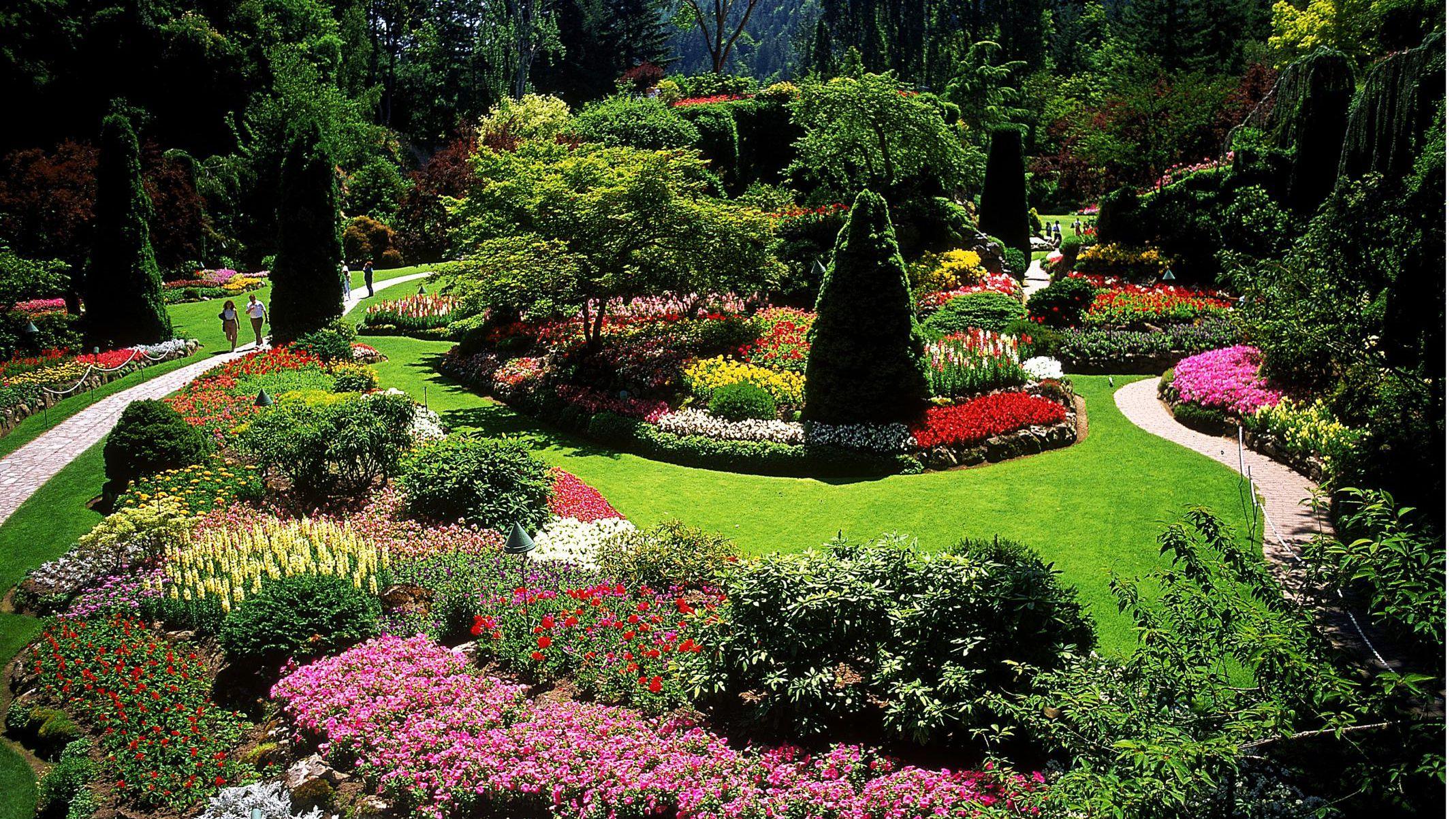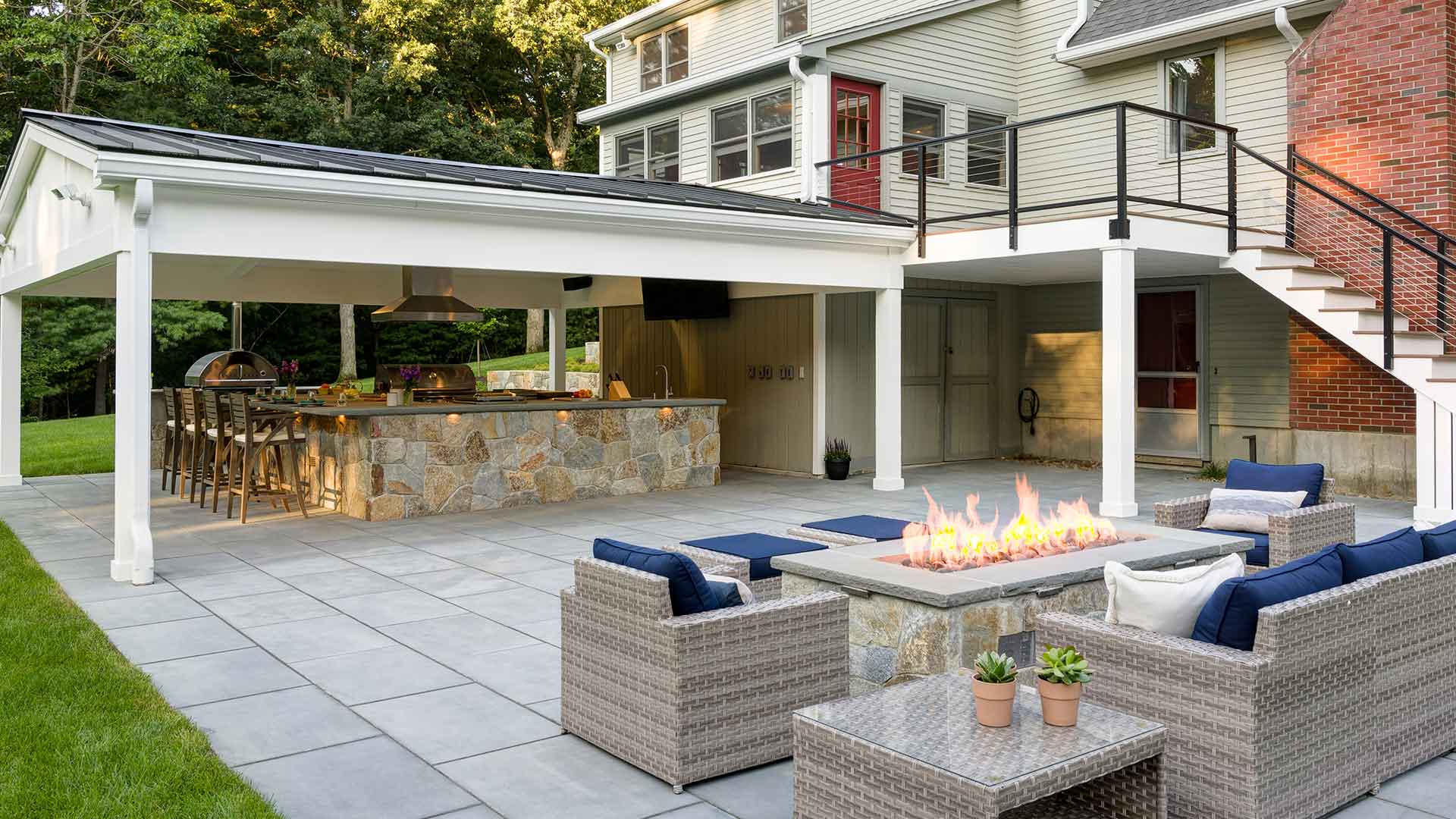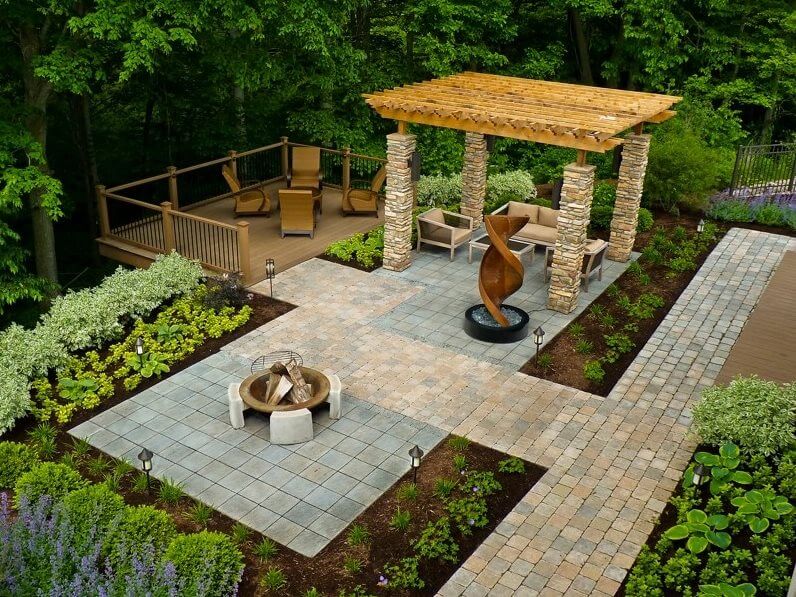Some Known Questions About Landscapers.
Some Known Questions About Landscapers.
Blog Article
More About Landscapers
Table of ContentsGetting My Landscapers To WorkThe Ultimate Guide To LandscapersFascination About LandscapersThe 8-Second Trick For Landscapers9 Simple Techniques For Landscapers
- A tree or bush (shrub) that sheds its fallen leaves in winter season. In the PNW there are semi-deciduous or semi-evergreen plants that may lose their leaves depending on how cold the winter season is. Abelia and some hebe are fine examples. Landscapers. - A flat gathering space, made of wood or composite product (made to look like wood), generally adjacent or connected to a structure.

- Granite that is weathered to the point that it is a really great aggregate. This is a natural process, and the outcome can be used for courses and patio areas. Broken down granite is usually described as DG. It is especially helpful in modern landscapes. - Secret landscape attributes being recommended in a landscape layout plan.
The Ultimate Guide To Landscapers
These objectives assist the style process, not the designer's design or choices. Common layout purposes in Rose city are low maintenance, dry spell forgiving, and animal pleasant. - Refine for getting rid of or thinning the dead reduced degree of a mature lawn. Thatch is grass that has actually passed away and gathered below the green blades.
Over time this layer can get really thick and make it challenging for water, sunlight, and nutrients to get to sections of the grass.- The process of accumulating and managing the flow of water on a property. This can be done with grading, French drains pipes, dry wells, absorptive surfaces, sump pump, rainfall gardens, and extra.
Quality at the end of hills, with all-natural springs, or complete of heavy clay have the most drainage troubles.- A sluggish feeding watering system that utilizes versatile tubing and emitters to send a precise amount of water per plant. This is one of the most effective method of irrigating plants. - The capacity of a plant to survive without much summertime water.
- A garden feature where water is stood for by an aggregate stone product, generally a crushed rock or granite. These are most typically discovered in modern and Japanese garden style.- A rock or flagstone patio, path, or pathway constructed without a concrete base. The base would certainly be compacted gravel and the joints would be an aggregate or walkable ground cover.
The smart Trick of Landscapers That Nobody is Discussing
- A rock Continue keeping or free standing wall surface developed without using mortar. A very skilled mason is needed for a dry pile stone wall surface. A lot of walls in Rose city are not completely dry stacked, also if they appear to be. - A below ground structure that accumulate water and enables it to slow percolate right into the dirt around it.
Landscape layout that is compatible with a websites' atmosphere in both appearance and sustainability without unfavorable effects to the environment. Edging in the landscape is a line of demarcation that creates aesthetic interest in the yard by separating one section from an additional segment. This can be aesthetic or useful, maintaining one element (such as pea gravel) from obtaining combined into one more (like bark dirt).
Areas can also have a feeling of "enclosure" provided by trees, other growings, fencings, or displays. The landscape near the access to a structure.
A plant that is not indigenous to the area where it will certainly be grown. Thicker bladed turf grass that spread using rhizomes.: The degree of dirt on your residential or commercial property before bark dust or garden compost is spread out.
What Does Landscapers Do?

The objective, reason, or action that a location is be landscaped for. Room for growing plants for seeing, eating, or physical activity.
Reduced plants that are allowed or encouraged to spread over an area. Can refer to any "hard" garden Click This Link elements including statuary or boulders but many frequently is utilized to refer to paths, outdoor patios, and walls.: Height difference between the degree of water in a fish pond (or the degree of the pump if it rests outside the pond) and the upper outlet of water which impacts efficiency of the water pump in gph (gallons per hour).

Landscapers Things To Know Before You Buy
An even more relaxed garden dominated by rounded rather than straight bed lines and a less rigid framework. Conventional PNW landscapes are casual. A plant that spreads more than wanted, or into environments where it does damages. Portland has a listing of intrusive plants that ought to not be set up in landscapes because they can infect woodlands helpful hints or waterways and be tough to regulate.
Smart irrigation controller evaluations and suggestions below. 2-D rendering of the suggested watering system. Can consist of head positionings and coverage, pipe sizing, GPM specifications, and products required to install this system. A watering strategy is typically unneeded for household properties however prevails for business tasks. Licensed expert that makes landscapes, schooled in engineering and architecture in addition to in gardening.
Landscape developers normally have much less schooling than Landscape Architects and are not licensed. A completed landscape layout, describing all aspects for the new landscape.
Calcium material made use of to elevate the pH in soil, which will make it less hospitable to moss. A water limited HDPE product utilized underneath fish ponds, streams and waterfalls in water features. Utilizing numerous plantings of the exact same range to fill out an area in the landscape. This can lower maintenance and water use in the yard.
Report this page